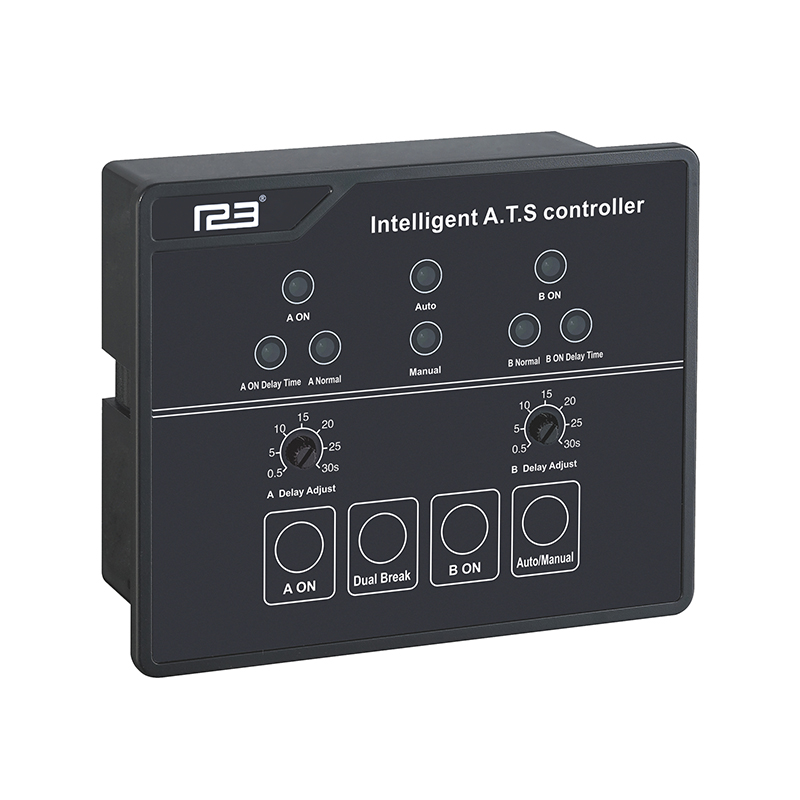The composition of solar photovoltaic power generation system
The typical solar photovoltaic power generation system consists of solar cell array (module), cable, power electronic converter (inverter), energy storage device (battery), load that is, the user, etc. Among them, the solar array and energy storage device are the power supply system, the controller and power electronic converter are the control and protection system, and the load is the system terminal.
1. Solar arrays
The smallest unit used for photoelectric conversion is the solar cell. Its size is 4~100cm2, working voltage is 0.45~0.50V, working current is 20~25mA/cm2, so it can not be used as a power supply alone. In the photovoltaic power generation system, the solar cells need to be connected in series, parallel and package to form a solar cell module. It can be anywhere from a few watts to a few hundred watts and can be used as a power source alone. The solar cell array is the solar cell module after series, parallel and installed on the bracket, it can output hundreds of watts, a few kilowatts or even greater power, is the power generator of photovoltaic power generation system.
There are many types of solar cell modules, which can be divided into monocrystalline silicon modules, polycrystalline silicon modules, gallium arsenide modules, amorphous silicon thin film cell modules, etc., among which crystalline silicon (including monocrystalline silicon and multi-product silicon) solar cell modules account for about 80%~90% of the market. The packaging materials and processes of crystalline silicon are also different, mainly divided into epoxy resin adhesive sealing, lamination packaging silica gel packaging and so on. At present, vacuum laminating is the most commonly used packaging method, which is suitable for industrial packaging of large area battery.
2. solar battery
Independent photovoltaic power generation system relies on battery to store excess electric energy, so battery plays an important role in independent photovoltaic power generation system. As the price of solar modules falls, the cost of batteries will gradually increase as a proportion of the total system investment. In addition, in the operation of independent photovoltaic power generation system, the normal operation of the system will be affected by the failure of the battery. Therefore, in the design of the system, it is very important to select the appropriate battery type, determine the appropriate capacity of the battery, accurately implement the installation, operation and careful maintenance for the normal operation of the independent solar photovoltaic power generation system.
3. Power electronic converter (photovoltaic inverter)
The inverter in the photovoltaic power generation system is a converter circuit, its role is to convert the direct current emitted by the solar cell array into a variety of different required frequency and voltage values of the alternating current. Inverters can be divided into passive and active types. Passive inverters refer to the DC power supply directly to the load through the inverter, while active inverters refer to the DC power supply to the AC power supply through the inverter.
The necessity of DC to AC is also reflected in that when the power supply system needs to increase or decrease the voltage, the AC system only needs to add a transformer, while the technology and devices in the DC system are much more complex. Therefore, except for special users, the photovoltaic power generation system needs to be equipped with inverters.
In addition, the inverter also has the function of automatic or manual voltage regulation, which can improve the power supply quality of the photovoltaic power generation system. Obviously, the inverter is an indispensable equipment in the photovoltaic power generation system.


